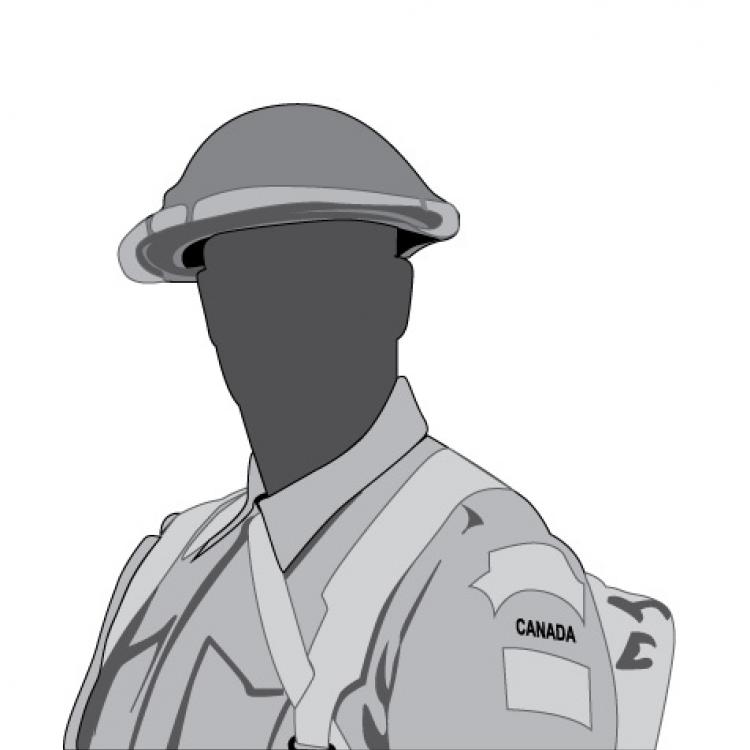WINDSOR, Harry Ernest
DIVISIONAL UNIT: 1st Canadian Infantry Division
2nd Infantry Brigade
10th Battalion - Canadians
Canadian Infantry Corps
SERVICE NO: 226188
DATE OF BIRTH: October 21, 1896
Centralia – Stanley Township – County of Huron - Ontario
DATE OF DEATH: April 9, 1917 20 years
MEMORIAL: Vimy Memorial – Vimy
Pas de Calais - France
FATHER: Mr. George Windsor – Exeter - Ontario
Occupation: Student Religion: Methodist
Enlistment: October 29, 1915 – Exeter – Ontario into 2nd Canadian Mounted Rifles Depot Regt –
“A” Squadron
Enlistment Age: 19 years
Private Windsor was part of the 1st overseas draft and left Halifax – April 2, 1916 – on board the SS Olympic arriving in Liverpool on April 12, 1916. Private Windsor transferred to the 10th Battalion – Canadian on September 27, 1916. He arrived in France on September 28, 1916 and was with the reinforcement pool until October 10, 1916 at which time he joined his unit.
The 10th had the left front. During night of April 8/9 shell fire from both sides was heavy. The opening Barrage was at 5:30 am. At 5:40 am it was reported the barrage was near perfect with our infantry following close behind. The enemy barrage was wild and scattered with few casualties. His machine-guns were active and caused many casualties. Most of the casualties suffered by the 10th Battalion took place in the first fifteen minutes of the advance. At 5:47 am the Battalion overran Toff Weg which was the enemy fromt line trench. The advanced towards Zwolfer-Stellung which was the Black Line objective but the Canadian casualties lay everwhere on the slippery slopes. Few officers were left at this point and the leading Companies were “A & D” and together they had one unwounded officer. When officers fell the other ranks filled in.
The enemy resistance was not consistent. One group was the enemy machine gunners along with the snipers and were professional fighters and caused many casualties and the other group were middle aged and they fought well until the Canadians were close and then they surrendered.
On they went and at 6:08 am the enemy barrage began intensifying and gas shells began falling in “No Man’s Land” but they still advanced and by 6:10 am the Zwolfer-Stellung was overrun. Here was where the Battalion began to comsolidate their positions.
They prepared to press their assault and the creeping barrage was 200 yards in front of them and then it became a standing barrage and it protected the Battalion as they took the 40 minutes to consolidate. The leading waves were no weak.
The march forward to the Red Line went smoothly with only minor casualties being taken.
The Germans were disillusioned and later in the day members of the 10th Battalion crested the ridge and looked over the green fertile plain to the east and saw the defeated German Army moving out.
The success of taking Vimy Ridge in the wind, rain, sleet and snow was the 968 guns of the Canadian artillery and the Canadian machine gunners. Another advantage was the Canadians had the weather at their backs while the enemy defenders were getting the weather in their faces.
It was during this day of battle when Private Windsor gave his life as he advanced with his unit.


